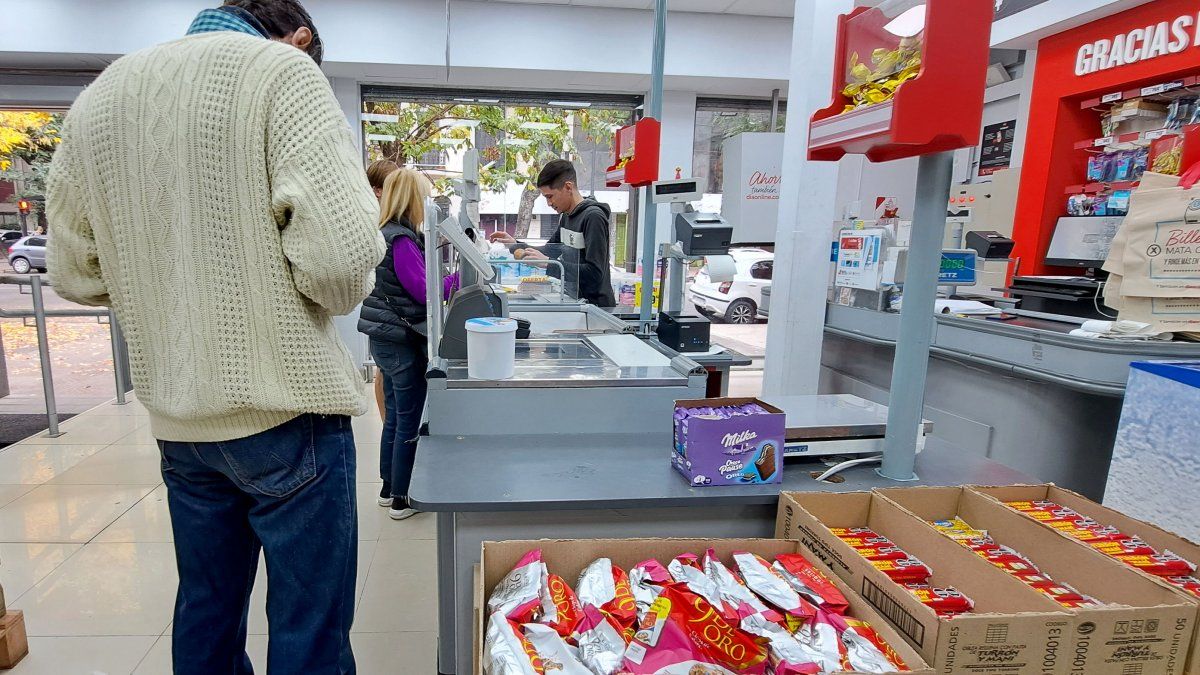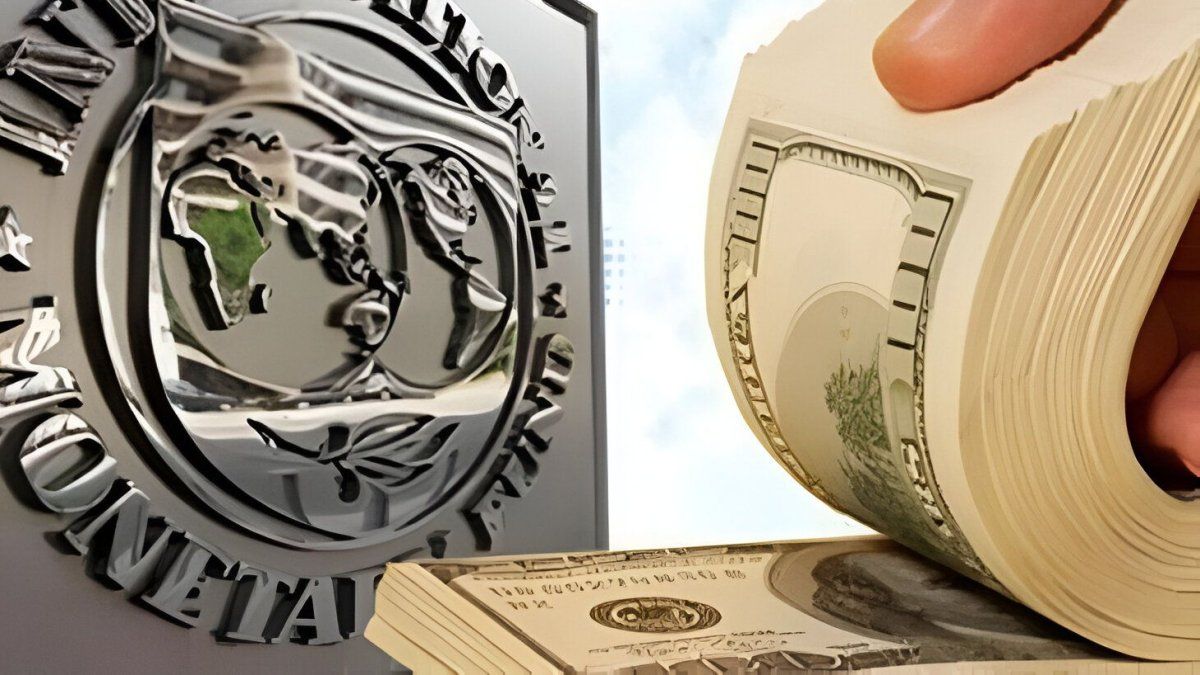According to the latest official data available, some indicators of massive consume were in positive territory at the end of the first quarter. However, different analysts estimate a retraction for the coming months.
As reported by INDECin March the Supermarket sales accumulated a 1.9% rise in the first quarter compared to the same period of the previous year. Along the same lines, in wholesale self-services the improvement was 1.4% in the first three months.
However, from the jump inflationary March and April the future prospects in terms of mass consumption are different. For example, according to the Scentia survey, in the fourth month of the year the year-on-year variation was negative (0.3%) and accumulated a fall of 0.5% in the first four months. Although, according to the firm, the gap between the different channels is very marked: while large stores grow, local businesses fall.
Future projections indicate that mass consumption will continue to slow down and even end the year in negative territory. “Last year, mass consumption managed to recover a little. This year, it will surely lose what it recovered last year: I estimate a drop between 1 and 3%”, Osvaldo del Río, director of Scentia, pointed out to Ámbito.
“The second semester will be more complicated in terms of figures, because it will be compared with higher bases; especially in supermarkets, which was the channel that had been pulling positively: I don’t think it will drop in supermarkets, but it will start to slow down a bit,” said Del Rio, who in this sense remarked: “If the difference in prices, which today is very high, between the supermarket channel and the rest of the channels, the super will continue to give positive results, while the rest of the channels will continue in negative territory”.
inflation-supermarket-prices-food
Mass consumption would fall between 1 and 3% this year, according to private projections.
freepik.es
In this regard, it is estimated that the price gap between large stores and local supermarkets would close this year at around 30 points. In this sense, the Government announced weeks ago the launch of Fair Prices for neighborhood businesses, an initiative that will allow reference values to be maintained in some basic necessities, as is already the case in supermarkets.
Analysis
“I don’t think that a recovery of mass consumption will be seen in the future. It may be seasonally, due to the Christmas bonus, that it presents a slight improvement in these months, but the loss of purchasing power continues to be evident in basic basket products, which had double-digit increases in May (such as rice, yerba, broths, sugar )”, pointed out Damián Di Pace, director of the consulting firm Focus Market.
“It may improve seasonally, but I don’t see the possibility of a marked recovery in mass consumption under these conditions: on the contrary, I see that inflation found a new floor close to 7% for the coming months and that has an impact on purchasing power”, he added.
Precisely, although a moderation in inflation levels is expected for June, the floor would continue to be high. In May, for example, the general CPI slowed down for the first time in the year to 7.8%. The “food and beverages” chapter, meanwhile, registered a monthly variation of 5.8%, 4.4 pp below the April record.
“Even so, in the first five months of the year, food rose 7 pp above the General Level,” they pointed out from the Ecolatina consultancy, and highlighted that, despite the moderation of the item, “mass consumption products continued to show a rising speed: they climbed 9.2%accelerating for the fourth consecutive month and showing once again the ineffectiveness of the Fair Prices program as a disinflationary policy”.
Source: Ambito




